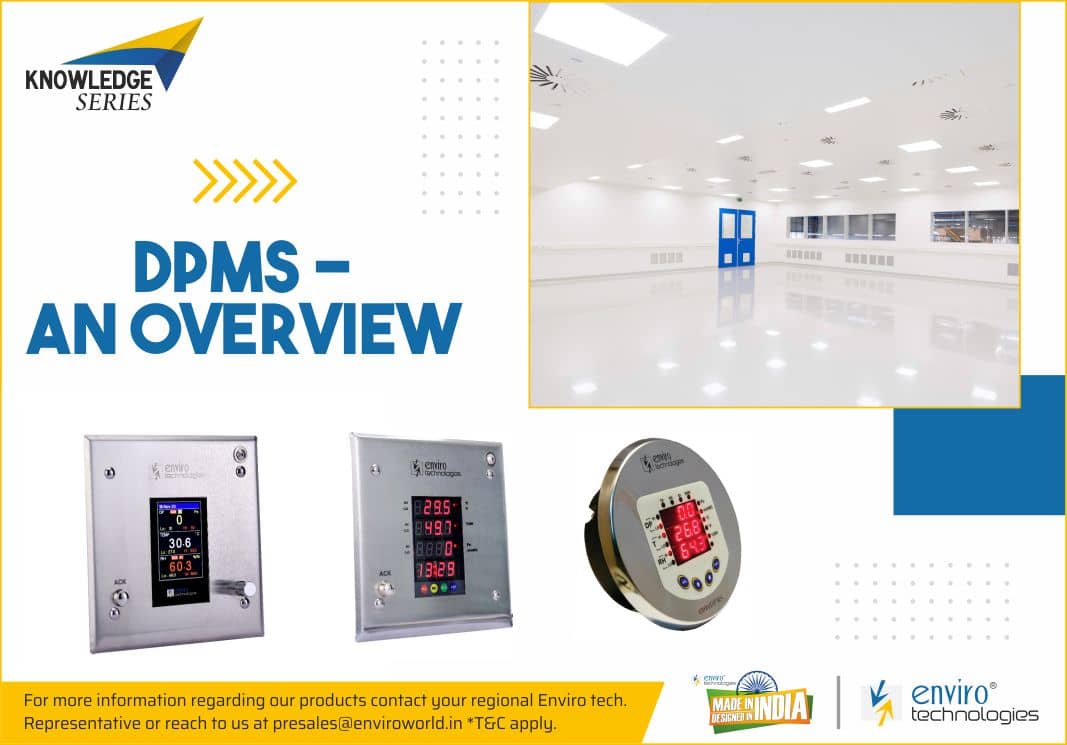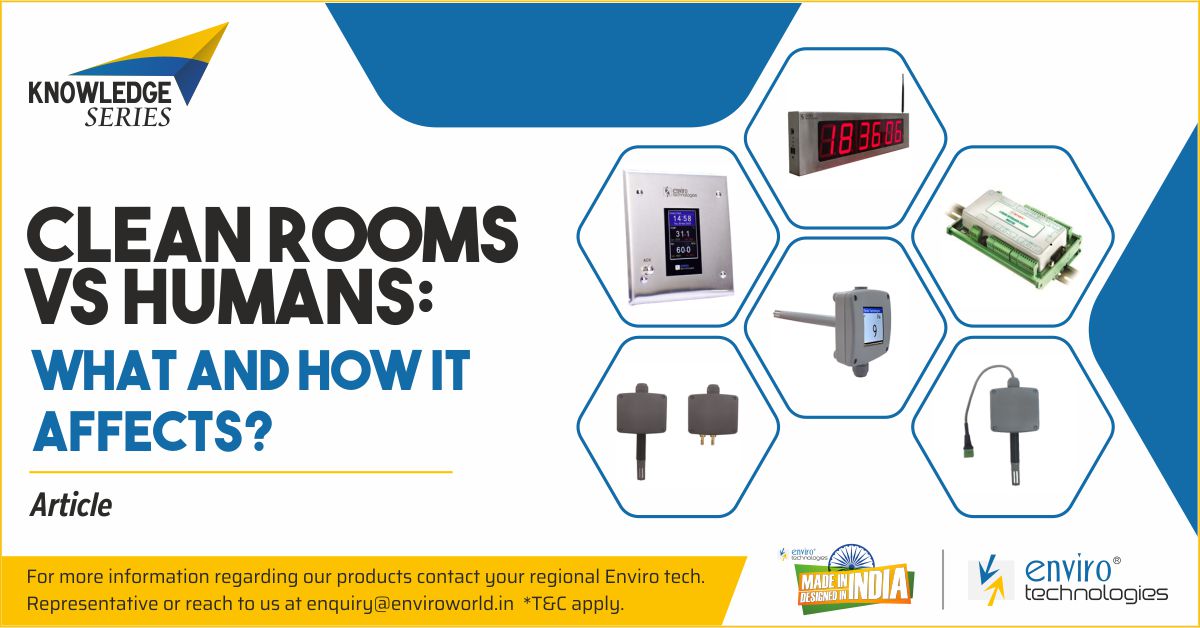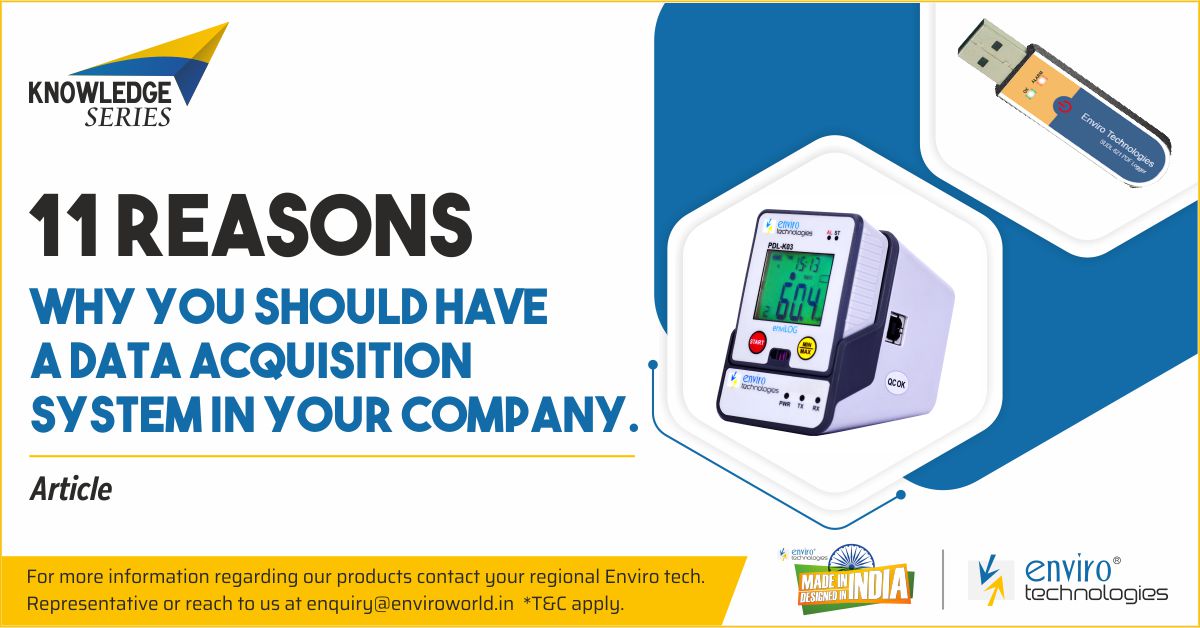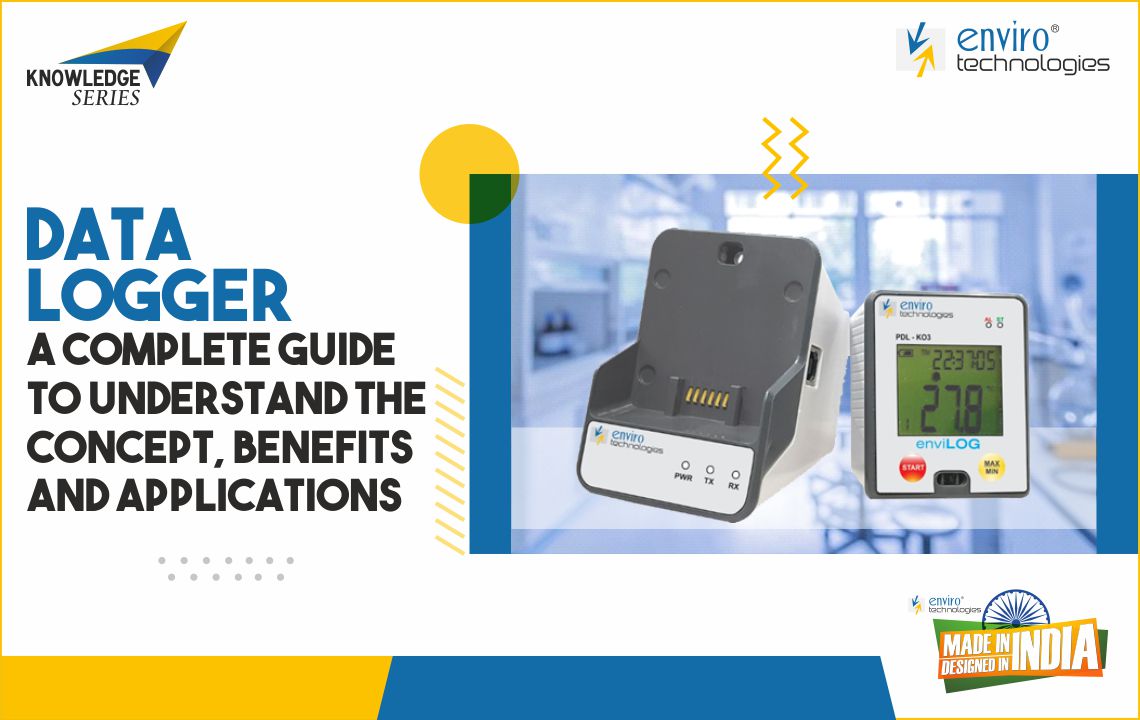What are the distinctions between a DCS and a SCADA system? Well,there are many similarities as well as contrasts. But before going into its detail, let us first understand what is DCS and SCADA in brief.
Manufacturing control systems have been a critical component of technical automation for decades, providing process makers to gather, process, and work on data from the production stage. However, these systems are currently in transition. Two process control systems are gaining new functions due to ongoing technical and industry advancements: DCS and SCADA.
So let us understand DCS and SCADA in detail.
What is DCS?
The abbreviation DCS designates for Distributed Control System.
It is a process control operation that connects various components such as sensors, controllers, operator terminals, and actuators through a network. Basically, a DCS often has one or more computers for control and communication through established interconnections and rules. It is a part of a manufacturing system utilized to monitor and manage distributed equipment with remote human involvement in industrial and civil engineering applications.
- Operator Stations: In a DCS, the heart of the system is the operator station.
- Signal conditioning and converters
- Servers - Utilized to collect data at the processor level
- Archiving Computers -Utilizes to store operational data used for process development or compliance.
- Engineering Computers - They are employed to create projects on which processes, such as Logic for Tasks, run. - Graphical displays for operative communication - Software units for the administration of all of these responsibilities
- Controllers -It supervises individual processors and I/O modules and delivers data to servers, giving it to the operator graphical interface.
- Field Devices - Transmitters, switches, valves, motors, remote or dispersed I/O, and other devices
What is SCADA?
SCADA regards Supervisory Control and Data Acquisition.
A high-level supervisory management control system structure incorporates computers, networked communications systems, and graphical user interfaces. A SCADA system comprises software and hardware components that permit local and remote plant surveillance and control. It is a favored technology for controlling processes and situations that transcend a vast geographical area.
SCADA system components
- Supervisory computers - This is the SCADA system's heart, collecting process data and transmitting control rules to field coherent devices, as well as interfacing with the field joint controllers.
- Communication infrastructure -This combines the supervisory computer arrangement with the RTUs and PLCs, and it can use either industry model or manufacturer-specific obligations.
- Human-machine interface - It graphically displays manufactory data
concerning employees in the structure of diagrams, which are schematic
illustrations of the plant under management and signal and display
logging pages.
DCS and SCADA components are used for the same purpose, but are they completely the same? Are there are differences in their functionalities? Let,s try to make some comparisons and contrasts in the article below.
DCS vs. SCADA
Devices
HMI - Human Machine Interface
To begin, consider the device that plant employees use to engage with automated processes.
HMIs' Hardware
HMI panels serve as the chiefly graphical interface between manufactory processors and methods and the workers who interact with and control them.
One can purchase HMI panels from the same company that makes the controller. For example, Siemens, Allen Bradley, GE (General Electric) and Schneider Electric. These companies manufacture their own range of HMI panels. Red Lion one of the autonomous HMI panel manufacturers.
Nonetheless, the HMI might be a Dell or other manufacturer's industrial computer that fits the PC's robust specifications.
HMIs' Software
While most manufacturers have their own brand of HMI, programming the HMI usually demands the use of additional software.
For example, Seimens needs WinCC software, FactoryTalk View by Allen Bradley, Vijeo Designer or Citect by Schneider, etc.
There may be some combined PLC/HMI programming software for the manufacturer, but they are standalone software programs that need investments separately for the most significant part.
HMIs are most commonly employed in small-scale automation settings.However, the interface with the plant process is often a desktop computer in larger-scale systems.
This computer will need its own set of software, as given below:
– Intellution or iFix
– Wonderware or VtSCADA
While a SCADA system may include HMIs or PCs from different manufacturers, DCSs often have graphical interfaces built into the DCS system. As you can anticipate, this is a significant benefit because it eliminates the need for additional software. Furthermore, the tags included in the DCS uses without much further effort.
The DCS has the advantage in this category, based on the interface specifications regarding SCADA and DCS.
The Brain of the Systems
Let's compare among the brains of the operation in brief below.
PLCs and RTUs could be present in a SCADA system. But what are PLCs and RTUs?
What are PLCs?
PLC stands for Programmable Logic Controllers. These devices are ideal for processes with fewer variables, such as manufacturing and processing, where each step can be scheduled or expected to behave in a precise way. In addition, PLCs are used to provide data and control equipment at facilities via a central master station.
What are RTUs?
RTUs refer to Remote Telemetry Units. Although they intend for usage in situations where a wide range of equipment monitoring is a must, they provide data acquisition and control. In addition, they enable technicians to take action by alerting them to an issue as soon as it occurs.
As you are probably aware, these components require programming to execute commands critical to plant operations.
In the early days of automation, a single procedure in a plant could have required thousands of lines of code. As time passes, more and more techniques for consolidating and reusing code develops. First, however, this reusable code needs to formulate in a format that the controller understands. A programmer writes custom function blocks, Add Instructions (AOIs), and other things in the controller.
The code generates many times as the need arises for use within the controller once one writes it. Therefore, it could take a long time to build a code library that can utilize across multiple projects.
While SCADA implementation was more difficult in the early days, the DCS had numerous predefined functionalities that could be tweaked and implemented for innumerable applications. It did not eliminate the requirement for coding, but it did help to speed up integration by reducing the amount of effort spent creating code for regularly used functions.
Other Features
Apart from the above points, there are other features where you can differentiate between DCS and SCADA. Let's understand them in brief below.
- Processing Times In comparison to a PLC/RTU SCADA environment, DCS processing times are relatively slower. While this isn't always a concern, it could affect procedures that require a lot of time.
- Communications ProtocolsWhile communications inside a SCADA system and DCS have evolved to keep up with evolving technology, some proprietary communications can still be problematic in DCS.
- SafetyIf safety is a top priority, then the DCS is the right door. While with the multitude of safety processors available today, a SCADA system can also be your way to go.
- Focus The capture of data is a priority in a SCADA system, which is event- driven. On the other hand, DCS systems focus on process centralization and rely on sensors and controls to operate as a master controller for remote sites.
- Ability to endure communication loss SCADA points to the distribution of intelligence. It means that monitoring and control functions are still possible even if connectivity with the central Network Operations Center (NOC) is lost. On the other hand, a DCS cannot do so due to its inability to withstand communication interruptions.
- Areas of implementation SCADA technology is ideal for monitoring processes and equipment dispersed across a vast geographic area since it is scalable and flexible. On the other hand, DCS is an excellent system for managing network operations in a single location. Because it is focusing on local landmarks, processes are usually handled on-site rather than remotely.
- Data security and database maintenance
Supervisory Control and Data Acquisition requires secure data and
control over a potentially slow and inefficient communications medium and maintains a database for quick operator display. It has a lot of event
processing and data quality checks to do inside. Usually, redundancy
manages in a distributed manner. Because DCS connects to its data
source, it doesn't need to keep track of current values in a database.
Parallel equipment frequently handles redundancy in Distributed Control
systems.
The objective of this article is not to affirm that one system is superior to another. On the contrary, both are necessary if you wish to benefit from the most recent developments in the industry. SCADA and DCS arose from the necessity to operate extensive, complex industrial systems safely and efficiently. Both are vendor-neutral specifications that call for the employment of digital electronics measurement and control devices, processors, and data networks, along with the internet. However, SCADA focuses on reporting and analyzing data collected during industrial operations, whereas DCS focuses on real-time monitoring and control processes.





















